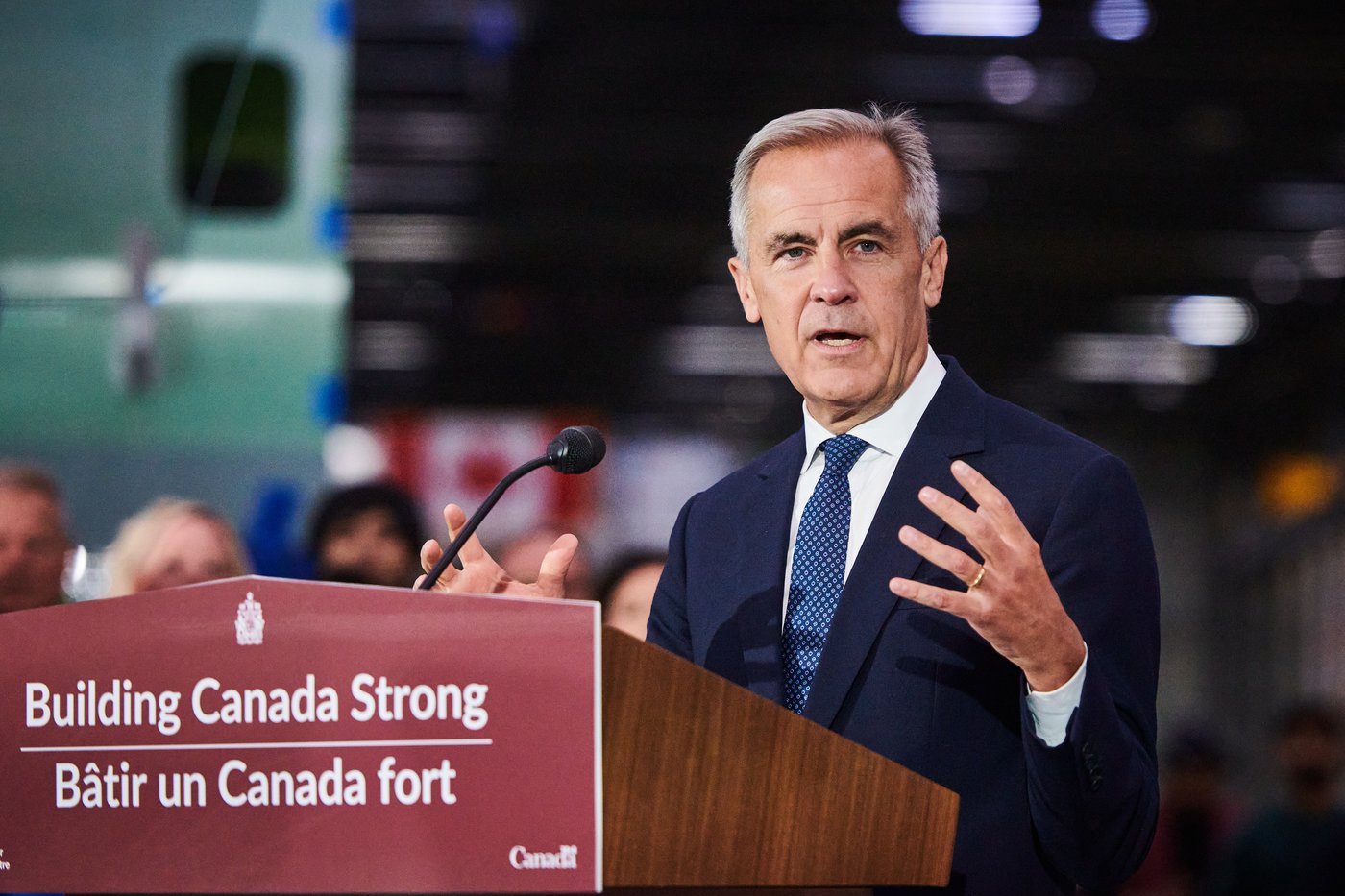Indigenous chef creates sweetgrass ice cream in partnership with frozen treats giant
An Owen Sound chef is bringing his Indigenous-inspired sweetgrass ice cream to one of Canada’s most iconic frozen treat manufacturing facilities.
Zach Keeshig, who is from Chippewas of Nawash Unceded First Nation at Cape Croker Reserve, is teaming up with Chapman’s to create a limited edition ice cream flavour.
“We’re pushing the boundary on what Indigenous food could be,” said Keeshig, who is the owner of Indigenous restaurant, Naagan.
“It doesn’t just have to be wild rice and squash,” Keeshig said. “We can introduce new techniques to bring Indigenous food to life and put it on the forefront.”
The ice cream flavour is called Wiingashk, which is the Ojibway word for sweetgrass. Keeshig said the green dessert tastes like a floral version of vanilla and is balanced out by hints of maple syrup.
“Replacing something as typical in the culinary world as vanilla with sweetgrass is innovative to say the least,” said Ashley Chapman, chief operating officer of Chapman’s. “What he is doing is truly pioneering.”
The idea to use sweetgrass in ice cream came from Keeshig’s childhood, when he saw dried sweetgrass used in traditional ceremonies in his community.
“My dad would light it up and it [smelled] faintly like vanilla,” said Keeshig, who is visited the reserve frequently as a child.
Because dried sweetgrass is used to cleanse the body in smudging ceremonies, Keeshig said he chose to use fresh sweetgrass in his recipe.
“I don’t approve of chefs using dried sweetgrass in their cooking,” said Keeshig. “We tried to look for the fresh stuff so that we could use it for cooking and not cross that boundary of using something ceremonial to cook with.”
A local collaboration
Keeshig met Chapman in 2020 when the two collaborated on catering a lunch for Owen Sound health care workers during the pandemic.
When an opportunity came up to create an Indigenous-inspired ice cream flavour, Chapman immediately reconnected with Keeshig.
“He’s got such an interesting mind as far as being a French-trained chef and incorporating all of these things from Indigenous culture,” said Chapman.
While Keeshig has made sweetgrass ice cream at his restaurant, it will be a different experience at Chapman’s Markdale creamery. The team will have to modify the thicker dessert to have a consistency similar to Chapman’s ice cream, then balance the flavours.

The ingredients in the ice cream, like in all of Keeshig’s cooking, are produced locally. His original recipe uses local duck eggs as a base. The maple syrup and sweetgrass are from Nawash.
Keeshig has been cooking since he was a teenager. The idea to create “progressive style” Indigenous food came after he visited Cape Croker as an adult and noticed his elders had no recipes to pass down, he said.
He said he’s consulted with elders and members of the community about his recipes.
“Even before I started doing this stuff, I went to some of the elders with what I was working on here,” said Keeshig. “They gave me approval for everything I was doing.”
When he first opened Naagan, it was a pop-up restaurant, but he is now working on opening a brick-and-mortar location.
Indigenizing food offerings
This isn’t the first time Chapman’s has collaborated with an Indigenous-owned company. Last year, they launched a cold brew-flavoured coffee in collaboration with Birch Bark Coffee Co., an Ojibway-owned company based in Ottawa.
Keeshig’s ice cream will be served exclusively at a new Indigenous fashion show, hosted by Seeing Red Media in Toronto. Chapman said there have not been any conversations about bringing the sweetgrass-flavoured ice cream into Chapman’s retail offerings, but that could change if it receives good reception at the September event.
Keeshig said he wants to see Indigenous-inspired food represented more broadly in Canada.
“If I went and asked somebody on the street what they thought Indigenous food was, they’d probably say moose meat,” said Keeshig. “We can make a sweetgrass ice cream and bring it into the modern pallet … and show the general public what Indigenous culture is and what Indigenous food could be.
“You always hear about Chinese food, French food, Italian food, but when is Indigenous food going to be on the forefront?”



